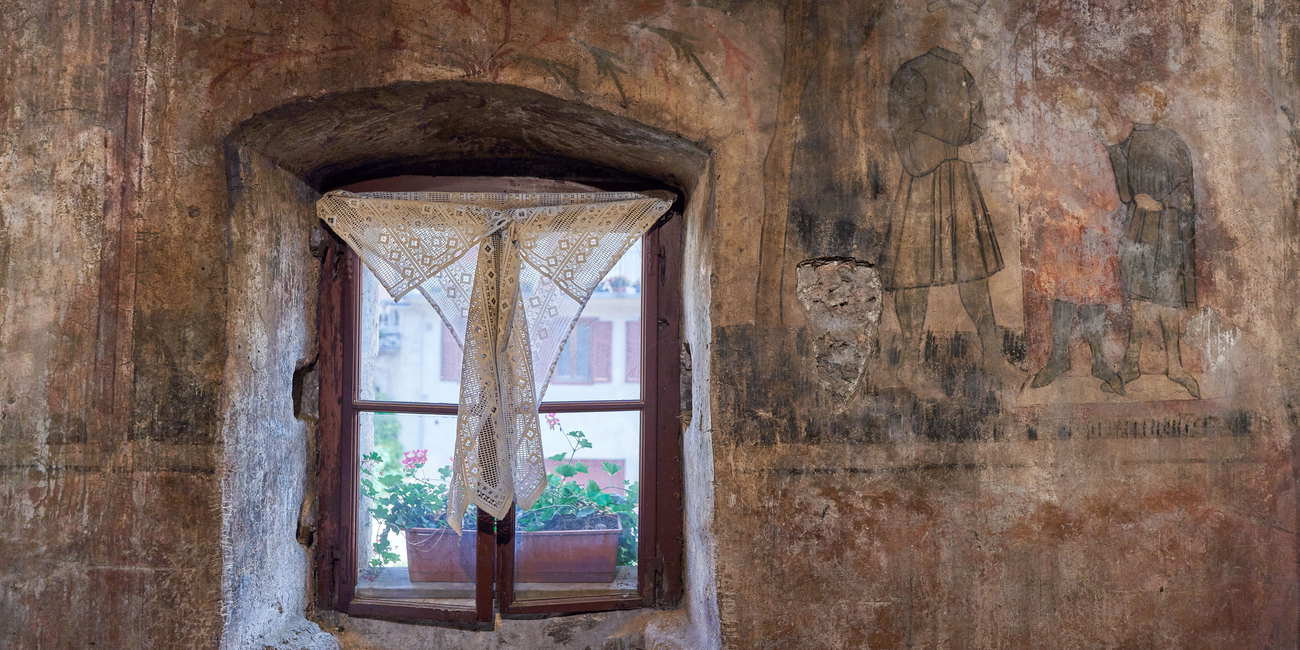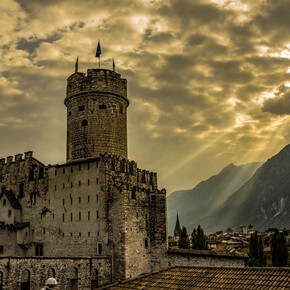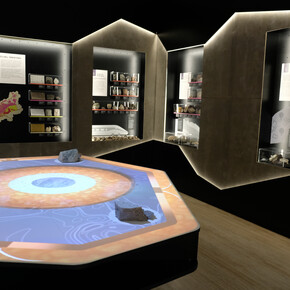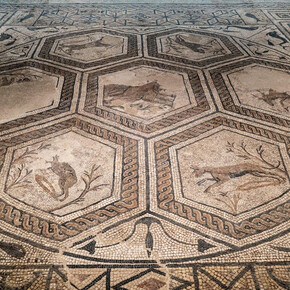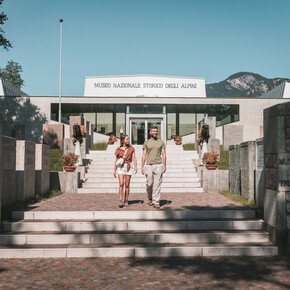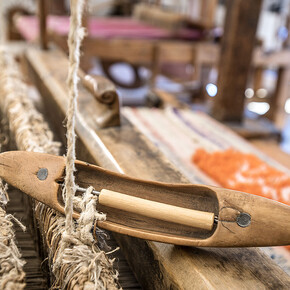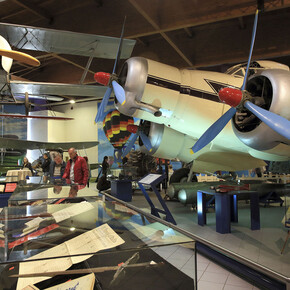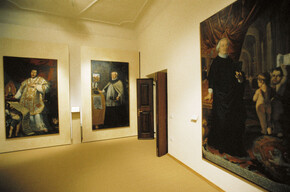Villa Romana di Isera
An urban-rustic villa on the Via Claudia Augusta route
The ruins of the Roman Villa were discovered during the construction of the Isera kindergarten. The building, not far from the Via Claudia Augusta, has the characteristics of that type of extra-urban layout that is called an "urban-rustic villa". It is a large architectural complex dependent on an agricultural property, evidence that since the Augustan era the populations here were dedicated to agriculture. It is divided into two distinct and complementary districts: the urban pars, equipped with representative rooms, living rooms and bathing areas decorated with frescoes and mosaics, and the rustic pars, composed of the structures and premises necessary for the productive operation of the villa. The interest in the remains of the ancient building is due to the initiative of Adriano Rigotti, a well-known scholar of local antiquities, who, following a patient work of collecting testimonies and information, in 1973 promoted and coordinated the first archaeological excavation. It was the prelude to a series of excavation campaigns supported and financed by the Fondazione Museo Civico di Rovereto in synergy with the Centro studi lagarini and the University of Trento.
STRENGTH
Numerous exhibits are exhibited in the museum rooms of the Civic Museum of Rovereto.
-
Disabled access
-
Motor accessibility
-
Hearing accessibility
-

